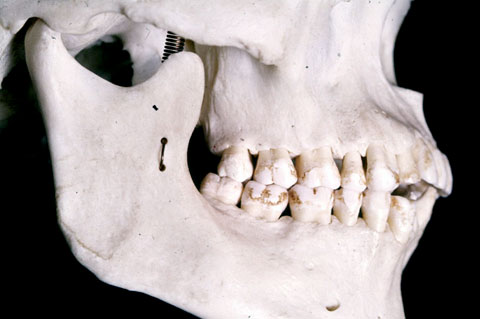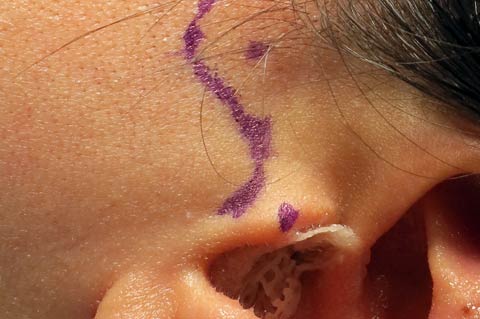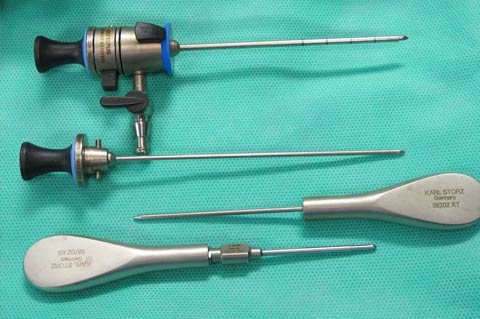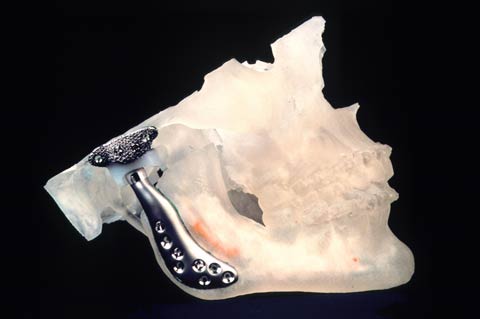Temporomandibular Joint Disorders (TMJ)
The TMJ works as one of a pair of joints and can be affected by the same range of conditions which affect all other joints. This includes various forms of arthritis.
However, the most common problem affecting the TMJ is called TMJ dysfunction. It may be likened to a sprained ankle but affecting the jaw joint. This condition is common in the 18-30 age range, although not restricted to it.
Symptoms can include:
- Pain
- Restricted mouth opening
- Clicking or popping from the joint
- Grating noises from the joint
- Locking where the joint gets stuck either during opening or closing of the mouth
In many people, this is a self limiting condition which may not require active treatment.
If troublesome, most treatments are simple therapies such as the use of a bite guard to wear over the lower teeth at night, and/or referral to a qualified physiotherapist. Additional measures including using suitable pain killers and perhaps applying heat to the area at night. Food needs to be kept soft.
At least 75% of patients with this problem will improve or get better with simple measures over a 6 month period. A research study published in 1995 showed that 90% of people with this problem were still able to eat and chew most types of food 30 years later and none had had TMJ surgery. Surgery is required for fewer than 5% of people with this problem. In rare instances when a joint is badly affected by arthritis, it can be replaced in a similar way to replacing hip or knee joints, although for the TMJ, individual custom made joints are used.



